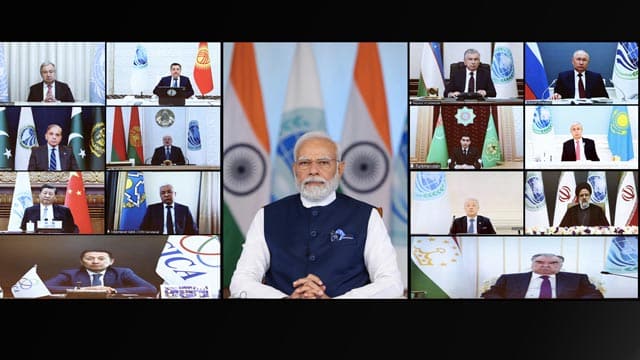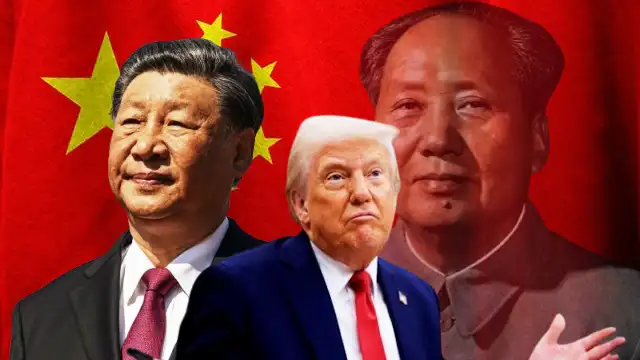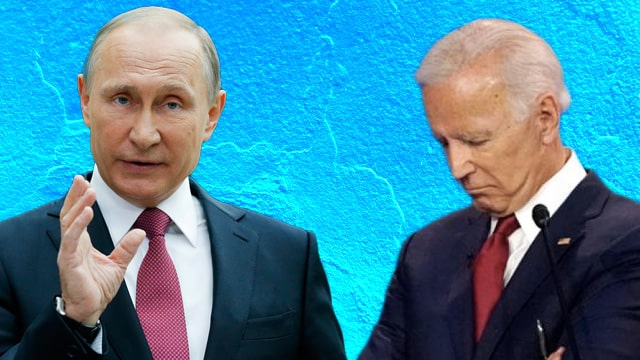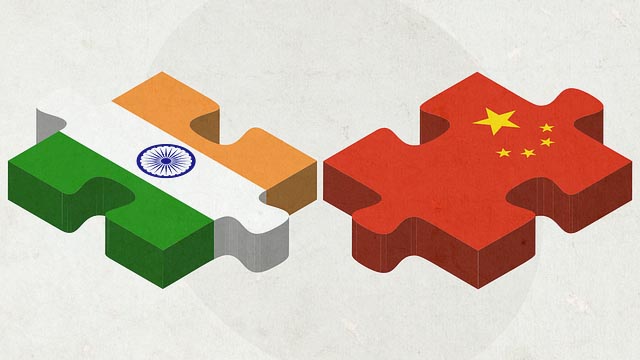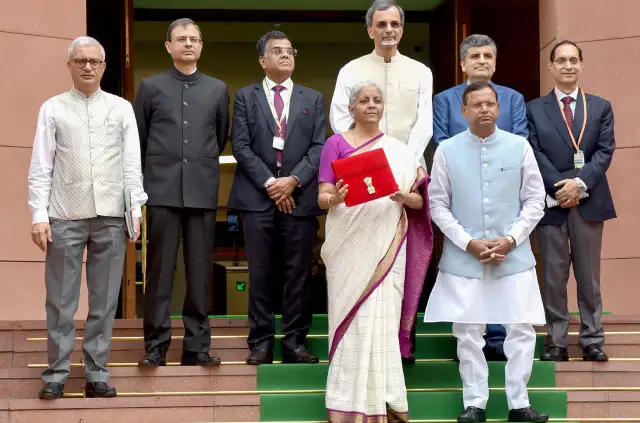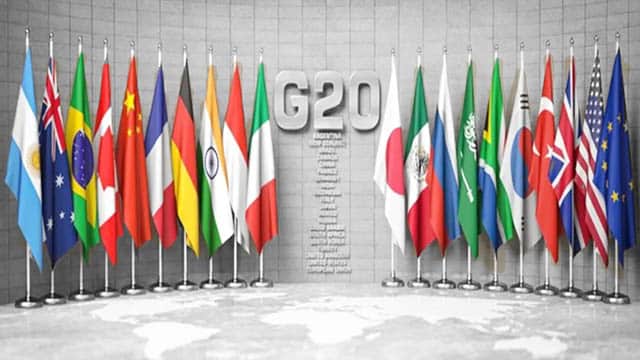The Shanghai Cooperation Organization (SCO) Head of State level meeting in New Delhi took place under the chairmanship of Indian Prime Minister Narendra Modi on Tuesday, July 4th. China, Russia, and newly admitted member Iran, strongly advocated using local currencies during bilateral trade between SCO member countries during the meeting. However, India remained non-committal on the matter, raising suspicions about its eagerness in promoting the rupee against the US dollar.
Modi didn’t mention the word “trade” more than once in his speech, while he referred to terrorism several times, apparently taking a dig at Pakistani Prime Minister Shehbaz Sharif, who also attended the meeting virtually. Modi’s silence on the issue of using local currencies during bilateral trade between SCO member countries is apparently linked with his recent US tour, where he got a lot of investment offers from big US corporations in India, albeit in return for India’s military assistance to Washington DC in the “Indo-Pacific” war theatre to contain the rise of China in the East.
However, the other important SCO member states like China and Russia didn’t leave the opportunity to score brownies. They strongly advocated for the promotion of local currencies, which has been imperative in the present geopolitical situation, especially after the West started imposing sanctions on Russia following its special military operations in Ukraine.
“China proposes that the SCO scale up local currency settlement between member states, expand cooperation on sovereign digital currency, and promote the establishment of an SCO development bank”, Chinese President Xi Jinping said in his speech.
“Russia has been very active in implementing the SCO roadmap for the transition to national currencies in mutual trade, endorsed at the previous summit in Samarkand, Uzbekistan. It is important to continue this work, to take coordinated measures to remove regulatory barriers, to establish the necessary payment infrastructure and to create an independent financial system”, Russian President Vladimir Putin said during the SCO meeting in New Delhi.
Highlighting the importance of using local currencies during bilateral trade between SCO member countries, Putin cited the example of the transactions between Russia and China. Putin said, “Over 80% of commercial transactions between Russia and the People’s Republic of China are made in rubles and yuan”. “The share of the Russian national currency in export transactions with all the SCO countries exceeded 40% in 2022”, Putin added.
Newly-inducted SCO member Iran also emphasised using local currencies to achieve independence in trading. Taking a potshot at the West, Iranian President Seyyed Ebrahim Raisi said, “Relying on the experience of the past decades, it is now quite evident that, along with militarism, what forms the basis of the western domination system has been the dominance of the dollar and therefore any attempt to shape a fair international system requires the removal of this instrument of dominance in intra-regional relations.”
“Expanding the use of national currencies in international trade and financial exchanges between the members of this organisation and their business partners requires more serious attention. The Islamic Republic of Iran welcomes any move to introduce financial payment instruments based on modern technologies to facilitate financial exchanges between members and business partners, especially in multilateral frameworks”, Raisi added.
Although India has done a remarkable job in developing a robust digital economy driven by digital payment systems like the UPI, it’s unlikely to irk the US, with which it’s balancing its relationship to counter the rise of China in the East.
Using its antagonism with China as a bargaining tool, Modi recently bagged a wide array of investment proposals from US-based corporations for his home state Gujarat and other states ruled by his far-right Bharatiya Janata Party (BJP). Any indication of India’s attempt to help build a de-dollarised trading system can jeopardise these investment proposals.
India’s large service sector, especially the information and technology (IT) industry, largely depends on the US for business and earns in US dollars. India exported services, including IT services, worth US $320bn in the financial year (FY) 2022-23. Nearly 55% of this export was destined for the US, the rest followed by Europe, with the UK as another major destination.
Moreover, in FY 2022-23, India’s Balance of Payments (BoP) increased from a monthly average of $7.3bn in 2019 to $12.9bn. It’s expected that in the FY 2023-24, it will touch a record high of $13.5bn. Any attempt by India to move to a de-dollarised trading system will affect the service industry, which employs millions of India’s aspirant middle-class, a major vote bank of the BJP.
Another reason that could have influenced Modi’s silence on using local currencies during bilateral trade between SCO member countries is India’s experience in trading with Russia. Since the West started imposing sanctions on Russia, India switched to the Soviet-era rupee-ruble exchange model for bilateral trade. However, Russia has reportedly raised issues in receiving payment in rupee and there are also concerns over India’s demand that Moscow invests the rupee earned from India in the country itself.
India now imports nearly 40% of its fuel from Russia, a large part of which is refined in Indian refineries and then exported to the West. India is also one of the largest importers of Russian weapons, including the S-400 missile system. India’s ongoing payment issues with Russia over the rupee-ruble model have made New Delhi apprehensive and sceptical about using local currencies for bilateral trade with multiple countries.
In case India takes a fearless and independent approach regarding using local currencies during bilateral trade between SCO member countries, which house 40% of the world’s population and contribute one-third of its GDP, it can, in turn, help strengthen the price of the rupee, which is having an abysmal fall since the last many years vis-a-vis the US dollar.
While the end of the US dollar’s hegemony isn’t quite near, as many overenthusiastic commenters claim, the currency is certainly on the back foot. As the dollar operates on a mere hollow assurance from the US Federal Reserve, with no other material-based backing, there is a growing global distrust regarding it. If using local currencies during bilateral trade between SCO member countries is popularised, the US dollar and Washington DC’s domination over a large section of people may end.

